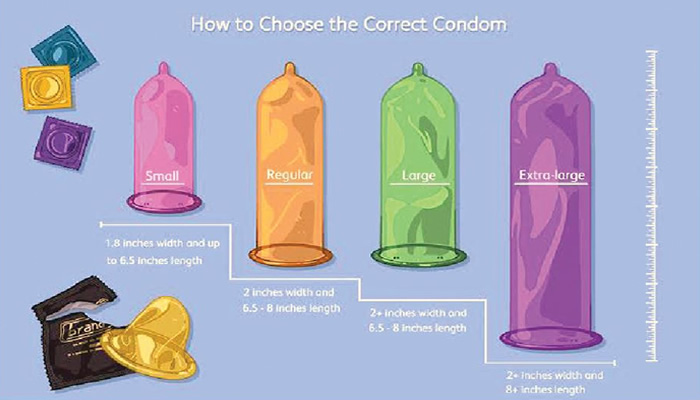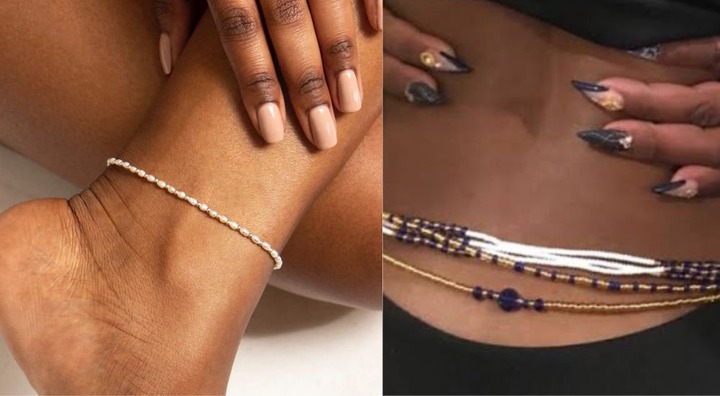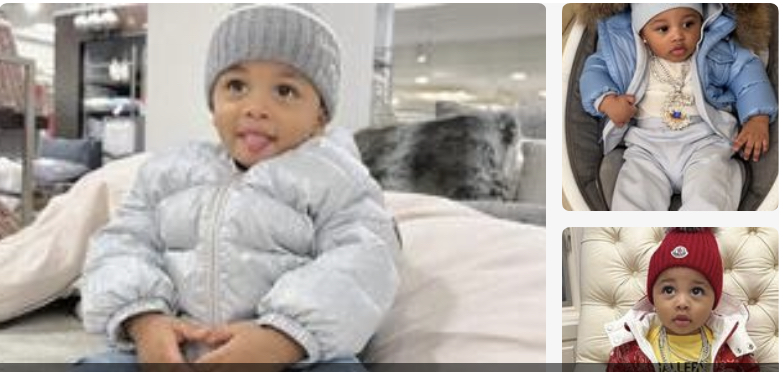
Soon-to-be parents and first time parents are often flooded with baby facts and advice even before the arrival of their newborn. And with all the information out there, it may take you by surprise that there are still a couple of things left about babies that you probably didn’t know. Your precious newborn may seem like a helpless little lamb and for the most part they are. Babies are in constant need of attention but they also have some interesting and unexpected abilities. In fact, they are far more capable and strong than we would think. For example, did you know that some babies sleep with their eyes half open or that they have more bones than an adult human? How cool is that! It turns out there are some awesome things about babies that not a lot of people know about. So, here’s your chance to find out what they are. Read on to know them all!
1. They Don’t Have Bony Kneecaps
2. They Have More Bones Than We Do
Although your little one may not have bones in their knee joints yet they have way more bones than you! That’s right, that little baby in your arms has about 100 more bones in their body that adults do (2). Babies have about 300 bones at birth. But in time, these fuse together to form the 206 bones that adults have. Some of these bones are made of cartilage that will be replaced by bones with the help of calcium as they grow. This whole process is complete more or less by the time the baby turns 22 years old, after which, bones can no longer grow. How fascinating!
3. Babies May Cry A Lot But They Have No Tears
A baby’s tear ducts are still developing after birth, so it’s not uncommon for them to cry with tears for the first few weeks after birth. However, most babies begin to shed tears after 2 weeks of age but some babies take upto 2 months of age to be able to do so. Although babies do not have tears, they spend at least 2 to 3 hours of a day crying. This can be due to several reasons. Crying is how babies communicate their needs to their caregivers. Sometimes they do it for no reason but more often that not it is because they are either hungry, sleepy or in need of a diaper change (3).
4. Babies Don’t Sweat
5. Babies Don’t Shiver In The Cold Either
Newborns don’t shiver when they feel cold. They have a different way of accomplishing thermoregulation in order to keep themselves warm. 5 percent of your baby’s body is occupied by brown adipose tissue which protects your baby from overcooling (6). And this is why babies are less sensitive to the cold than adults! If your baby is shaking, it’s most likely due to hunger or neurological problems in some cases.
6. They Have Taste Buds In More Places Than We Do
Have you never understood why your baby wants to put everything they come in contact with in their mouth? Well this is because taste is one of the primary ways in which your baby interacts with the world around them. And although babies have about the same number of taste sensors as kids and younger adults, they cover more areas (7). Baby taste buds are found on the tonsils and even at the back of their throats. Not only this but they can also remember the taste of everything their mother ate while they were in the womb. Babies drink the amniotic fluid around the womb that is flavored with the food and drink that the mother consumes. And they often gravitate towards these flavors after birth











Leave a Comment